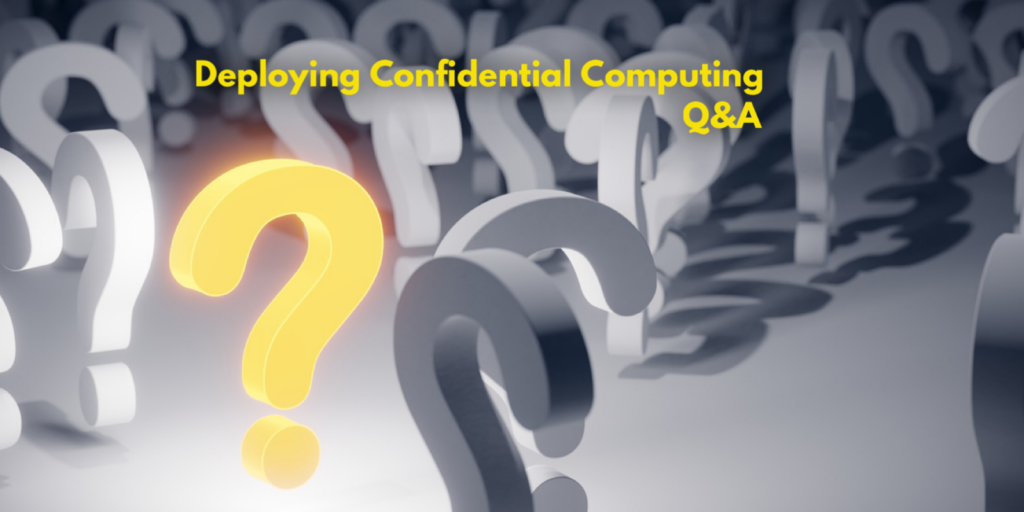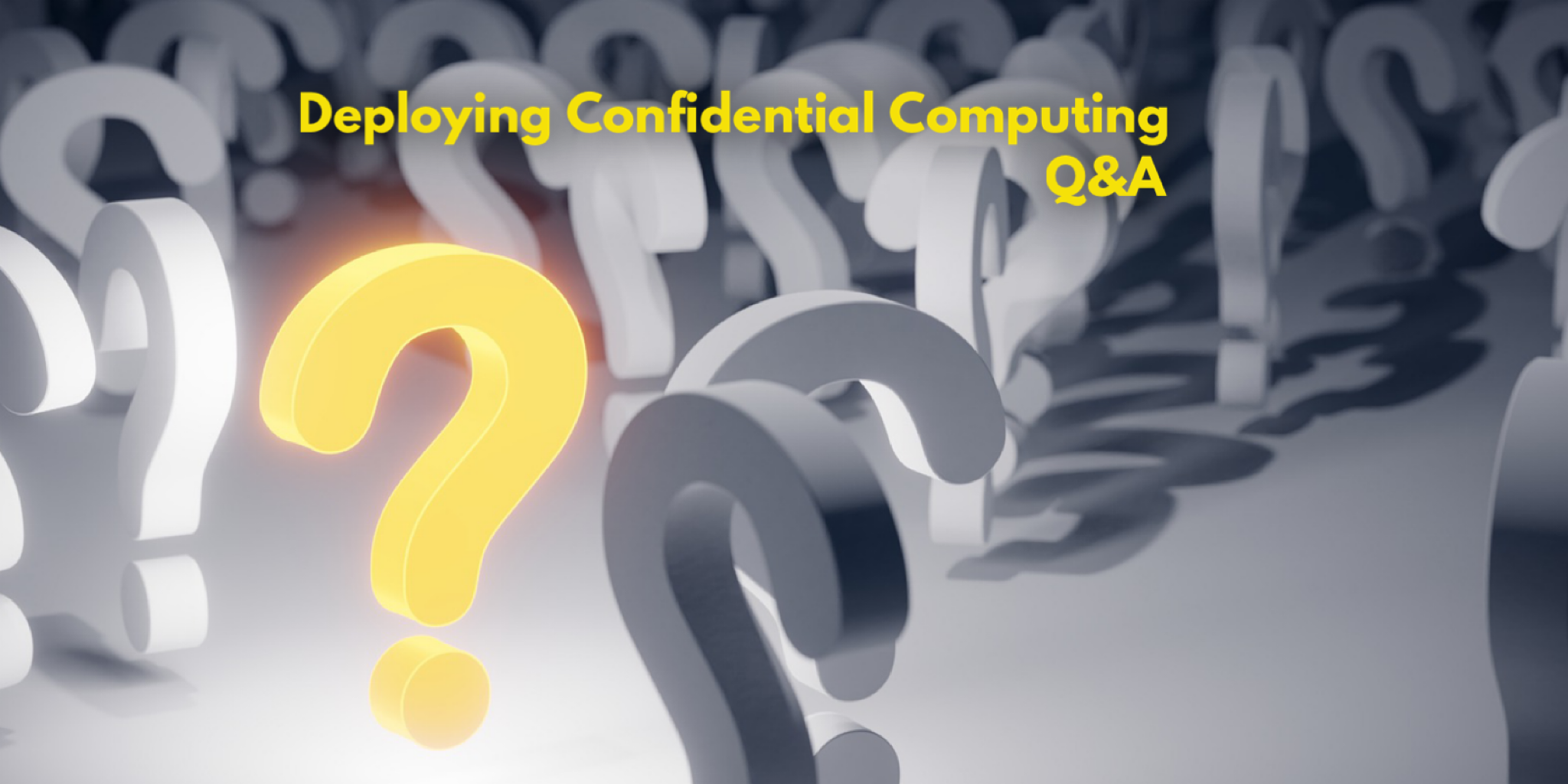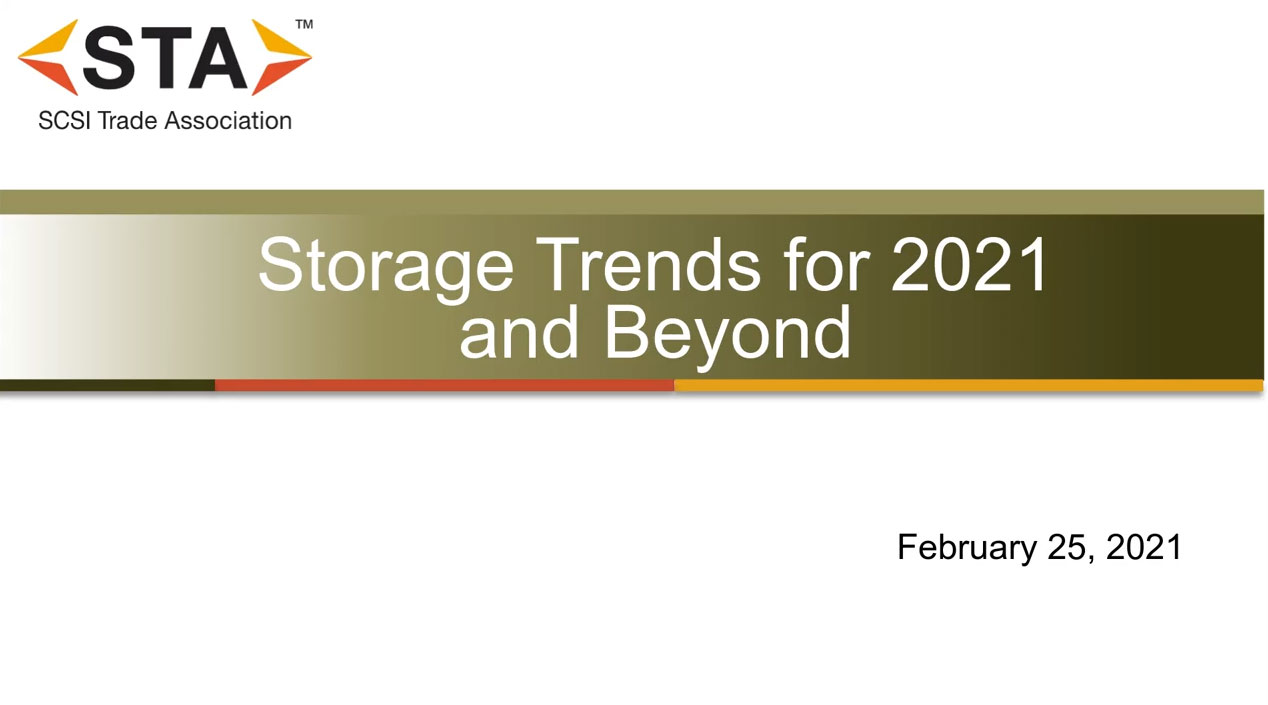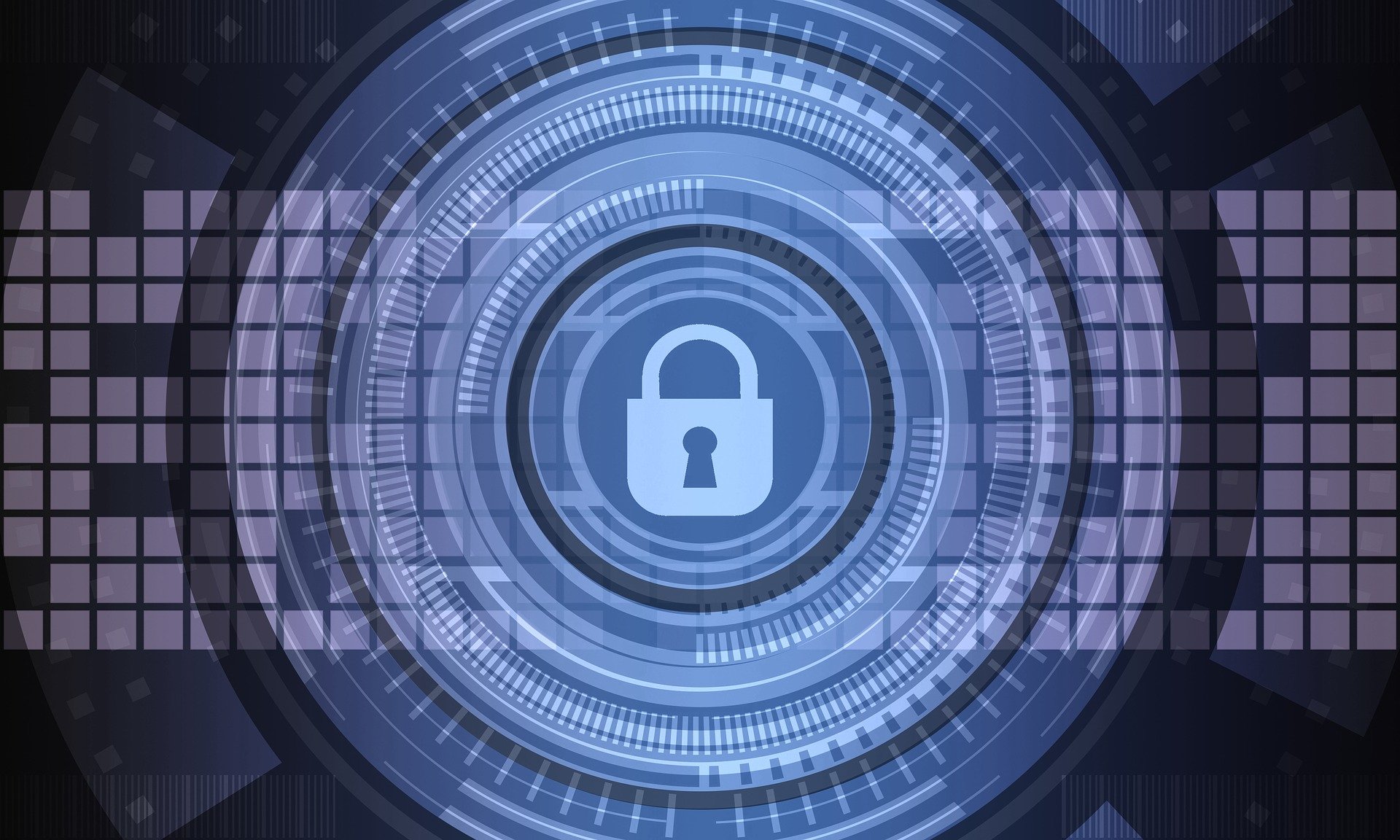- A short history of Big Data
- The impact of edge computing
- The erosion of the data center
- Managing data-on-the-fly
- Grid management
- Next-gen Hadoop and related technologies
- Supporting AI workloads
- Data gravity and distributed data

Can Cloud Storage and Big Data Live Happily Ever After?
Aug 31, 2021

Find a similar article by tags
UncategorizedCan Cloud Storage and Big Data Live Happily Ever After?
Aug 31, 2021

- A short history of Big Data
- The impact of edge computing
- The erosion of the data center
- Managing data-on-the-fly
- Grid management
- Next-gen Hadoop and related technologies
- Supporting AI workloads
- Data gravity and distributed data
Leave a Reply
What’s New in Computational Storage? A Conversation with SNIA Leadership
Aug 27, 2021

- It renames the Computational Storage Processor. The component within a Computational Storage Device (CSx) is now called a Computational Storage Engine (CSE). The Computational Storage Processor (CSP) now only refers to a device that contains a Computational Storage Engine (CSE) and no storage.
- It defines a new architectural concept of a Computational Storage Engine Environment (CSEE). This is something that is attached to a specific CSE and defines the environment that a Computational Storage Function (CSF) operates in.
- It defines a new architectural element of a Resource Repository that contains CSEEs that are available for activation on a CSE and also CSFs that are available for activation on a CSEE.
- Discovery and configuration flow are now documented in Version 0.8
- The document defines an Application Programming Interface (API) to CSxs
- The API allows a user application on a host to have a consistent interface to any vendor’s CSx.
- A Vendor defines a library for their device that implements the API. Mapping to wire protocol for the device is done by this library. Functions that are not available on a specific CSx may be implemented in software.
Leave a Reply
Deploying Confidential Computing Q&A
Aug 27, 2021

Find a similar article by tags
UncategorizedLeave a Reply
Deploying Confidential Computing Q&A
Aug 27, 2021

Leave a Reply
Q&A (Part 1) from “Storage Trends for 2021 and Beyond” Webcast
Aug 24, 2021

Questions from “Storage Trends for 2021 and Beyond” Webcast Answered
It was a great pleasure for Rick Kutcipal, board director, SCSI Trade Association (STA), to welcome Jeff Janukowicz, Research vice president at IDC and Chris Preimesberger, former editor-in-chief of eWeek, in a roundtable talk to discuss prominent data storage technologies shaping the market. If you missed this webcast titled “Storage Trends for 2021 and Beyond,” it’s now available on demand here.
The well-attended event generated a lot of questions! So many in fact, we’re authoring a two-part blog series with the answers. In part one, we recap the questions that were asked and answered during the webcast, but since we ran out of time to answer them all, please watch for part two when we tackle the rest.
Q1. How far along is 24G in development?
A1. Rick: The specification is done and most of the major players are investing in it today. Products have been announced and we’re also expecting to see server shipments in 2022. STA has a plugfest scheduled for July 6, 2021. It’s a busy time and everybody’s pretty excited about it!
Q2. What’s after 24G SAS?
A2. Rick: Naturally, one would think it would be a 48G speed bump, but it’s not clear that’s necessary. There’s still a lot of room for innovation within the SCSI stack, not just in the physical layer. The physical layer is the one that people can relate to and think “oh, it’s faster.” Keep in mind that there are a lot of features and functionality that can be added on top of that physical layer. The layered architecture of the SCSI stack, enables changes whether it’s at the protocol layer or another higher layer, without impacting the physical layer. These are happening real time and STA is having T10 technical committee meetings on a regular basis, and innovations are in the works.
Q3. Where does NVMe HDD and 25G ethernet HDD fit in?
A3. Jeff: Generally speaking, it’s still unclear how that’s going to evolve. As we look out over time, in the enterprise market on the SSD side, clearly, we’re seeing NVMe move into the majority of the shipments and SSDs are growing as a percentage of the overall unit shipments and petabytes. However, right now we’re seeing a mix of technologies that are used within a storage array or in an enterprise system. And clearly, they are SAS-based SSDs and HDDs. And with that transition to more SSDs, it’s sort of a natural question to say, “hey, what about putting the NVMe interface on HDDs?” Now you obviously don’t necessarily need it for all the performance reasons or the optimizations around non-volatile media, which is why NVMe was introduced, but there are some initiatives, and these could help bring some cost savings and further system optimizations to the industry. There are some things underway from OCP in terms of looking at NVMe based HDDs, but they’re still relatively early on at least from my perspective in terms of their development. But there are definitely some activities underway that are looking at the technology.
Rick: From my perspective, I’m seeing a surge in NVMe HDD work within OCP. My concern with NVMe HDDs is the amount of standards work that still has to be done to make them work in an enterprise environment. I think people forget it’s not just taking some media and putting an NVMe interface in front of it. How do all the drive inquiries get mapped to NVMe? How do you manage enterprise large scale spin up? I think it’s an exciting time. I think there are a lot of good possibilities, but the amount of work that’s needed can be underestimated sometimes.
Q4. Could you discuss the adoption of SAS SATA and NVMe in all flash arrays?
A4. Jeff: IDC has seen a lot of investment in terms of all flash arrays. And we’ve seen pretty rapid growth over the last couple years. In 2020, about 40% of the spending on external storage was on all flash arrays. And the reality is if you look at that today, the vast majority of those are really still built upon SAS-based SSDs. There have been some announcements from a lot of the large storage providers around NVMe-based arrays, whether it’s Dell EMC, Netapp, Pure Storage, IBM, etc. Today, these solutions have already started to become available in the market. And we do see NVMe AFA’s as a very high growth category over the next few years, but right now they’re still targeted primarily at a lot of the higher end and more performance-oriented types of applications. We’re really just starting to see them move down into the more mainstream portion of the all flash array market. Which from IDC’s perspective, if it was 40% last year, we see it growing as an overall category to about 50% of the overall spend on external storage by 2023. So clearly there is a lot going on in this market as well.
Rick: My questions in regards to NVMe and all flash arrays is always about scalability. I know there’s a lot of work going on regarding NVMe over fabrics, but if you go back and look at the amount of computational resources, memory and system resources that it takes to scale these things, there’s still some pretty big challenges ahead. I’m not saying it’s not going to happen, but of course the ecosystem, has solved hard problems in the past.
Q5. How do you differentiate between M.2 SSDs and NVMe in client system deployments?
A5. Rick: The SOCs or the controllers on these devices are very different. There are enterprise class M.2 drives, so the form factor doesn’t necessarily preclude it from fitting into one of these categories. While M.2 is more designed to the client, it’s not a hard and fast thing. Typically, it’s the traditional 2.5.
Jeff: Rick, you’re pretty much spot on. There are some differences at the SOC level and design level such as power fail protection. But there does tend to be a different firmware load a lot of times for the enterprise class drives. There can also be some differences in terms of the endurance in how those drives are designed. But if the question is about form factors, we really are at an interesting point for the industry, because historically it has always been dictated by HDD form factors. But as flash has grown, we’ve seen a lot of new form factors. M.2 is obviously one that was originally designed for some of the client market, and has now found its way into a lot of enterprise applications. E1 short is a slight variant of M.2 but is on the roadmap to be more enterprise optimized form factor. But we also see some other ones out there like E1 long, which is a longer version of E1.S. There’s also U.3 and others which are pretty interesting in terms of ways to optimize around some of the new storage media, i.e., SSDs and solid state.
Q6. Is the NVMe takeover sooner than 3-5 years?
A6. Rick: That’s a very logical question. People that aren’t in the ecosystem day-to-day might not be seeing the 24G SAS adoption. Right now, there’s a lot of investments at the system and sub-system level. For 24G SAS there are multiple adapter vendors, same as there has been in the past for 12G SAS. And from the media side, there are numerous drive vendors sampling 24G SAD drives today, and one has been announced. I think some people are going to be shocked of the 24G adoption, and that’s going to start coming to light at STA’s next plugfest, with some big demos and press announcements as products get ready to launch. So, I guess I would, say stay tuned for that one because I think people, some people, are going to be pretty surprised.
Find a similar article by tags
UncategorizedLeave a Reply
What is eBPF, and Why Does it Matter for Computational Storage?
Jul 28, 2021

Leave a Reply
Q&A: Security of Data on NVMe-oF
Jul 28, 2021

Ensuring the security of data on NVMe® over Fabrics was the topic of our SNIA Networking Storage Forum (NSF) webcast “Security of Data on NVMe over Fabrics, the Armored Truck Way.” During the webcast our experts outlined industry trends, potential threats, security best practices and much more. The live audience asked several interesting questions and here are answers to them.
Q. Does use of strong authentication and network encryption ensure I will be compliant with regulations such as HIPAA, GDPR, PCI, CCPA, etc.?
A. Not by themselves. Proper use of strong authentication and network encryption will reduce the risk of data theft or improper data access, which can help achieve compliance with data privacy regulations. But full compliance also requires establishment of proper processes, employee training, system testing and monitoring. Compliance may also require regular reviews and audits of systems and processes plus the involvement of lawyers and compliance consultants.
Q. Does using encryption on the wire such as IPsec, FC_ESP, or TLS protect against ransomware, man-in-the middle attacks, or physical theft of the storage system?
A. Proper use of data encryption on the storage network can protect against man-in-the middle snooping attacks because any data intercepted would be encrypted and very difficult to decrypt. Use of strong authentication such DH-HMAC-CHAP can reduce the risk of a man-in-the-middle attack succeeding in the first place. However, encrypting data on the wire does not by itself protect against ransomware nor against physical theft of the storage systems because the data is decrypted once it arrives on the storage system or on the accessing server.
Q. Does "zero trust" mean I cannot trust anybody else on my IT team or trust my family members?
A. Zero Trust does not mean your coworker, mother or cousin is a hacker. But it does require assuming that any server, user (even your coworker or mother), or application could be compromised and that malware or hackers might already be inside the network, as opposed to assuming all threats are being kept outside the network by perimeter firewalls. As a result, Zero Trust means regular use of security technologies--including firewalls, encryption, IDS/IPS, anti-virus software, monitoring, audits, penetration testing, etc.--on all parts of the data center to detect and prevent attacks in case one of the applications, machines or users has been compromised.
Q. Great information! Is there any reference security practice for eBOF and NVMe-oF™ that you recommend?
A. Generally security practices with an eBOF using NVMe-oF would be similar to with traditional storage arrays (whether they use NVMe-oF, iSCSI, FCP, or a NAS protocol). You should authenticate users, emplace fine-grained access controls, encrypt data, and backup your data regularly. You might also want to physically or logically separate your storage network from the compute traffic or user access networks. Some differences may arise from the fact that with an eBOF, it's likely that multiple servers will access multiple eBOFs directly, instead of each server going to a central storage controller that in turn accesses the storage shelves or JBOFs.
Q. Are there concerns around FC-NVMe security when it comes to Fibre Channel Fabric services? Can a rogue NVMe initiator discover the subsystem controllers during the discovery phase and cause a denial-of-service kind of attack? Under such circumstances can DH-CHAP authentication help?
A. A rogue initiator might be able to discover storage arrays using the FC-NVMe protocol but this may be blocked by proper use of Fibre Channel zoning and LUN masking. If a rogue initiator is able to discover a storage array, proper use of DH-CHAP should prevent it from connecting and accessing data, unless the rogue initiator is able to successfully impersonate a legitimate server. If the rogue server is able to discover an array using FC-NVMe, but cannot connect due to being blocked by strong authentication, it could initiate a denial-of-service attack and DH-CHAP by itself would not block or prevent a denial-of-service attack.
Q. With the recent example of Colonial Pipeline cyber-attack, can you please comment on what are best practice security recommendations for storage with regards to separation of networks for data protection and security?
A. It's a best practice to separate storage networks from the application and/or user networks. This separation can be physical or logical and could include access controls and authentication within each physical or logical network. A separate physical network is often used for management and monitoring. In addition, to protect against ransomware, storage systems should be backed up regularly with some backups kept physically offline, and the storage team should practice restoring data from backups on a regular basis to verify the integrity of the backups and the restoration process.
For those of you who follow the many educational webcasts that the NSF hosts, you may have noticed that we are discussing the important topic of data security a lot. In fact, there is an entire Storage Networking Security Webcast Series that dives into protecting data at rest, protecting data in flight, encryption, key management, and more.
We’ve also been talking about NVMe-oF a lot. I encourage you to watch “NVMe-oF: Looking Beyond Performance Hero Numbers” where our SNIA experts explain why it is important to look beyond test results that demonstrate NVMe-oF’s dramatic reduction in latency. And if you’re ready for more, you can “Geek Out” on NVMe-oF here, where we’ve curated several great basic and advanced educational assets on NVMe-oF.
Leave a Reply
Q&A: Security of Data on NVMe-oF
Jul 28, 2021

Leave a Reply
Moving Genomics to the Cloud
Jul 27, 2021

- How to best store and manage large genomics datasets
- Methods for sharing large datasets for collaborative analysis
- Legal and ethical implications of storing shareable data in the cloud
- Transferring large data sets and the impact on storage and networking







Leave a Reply